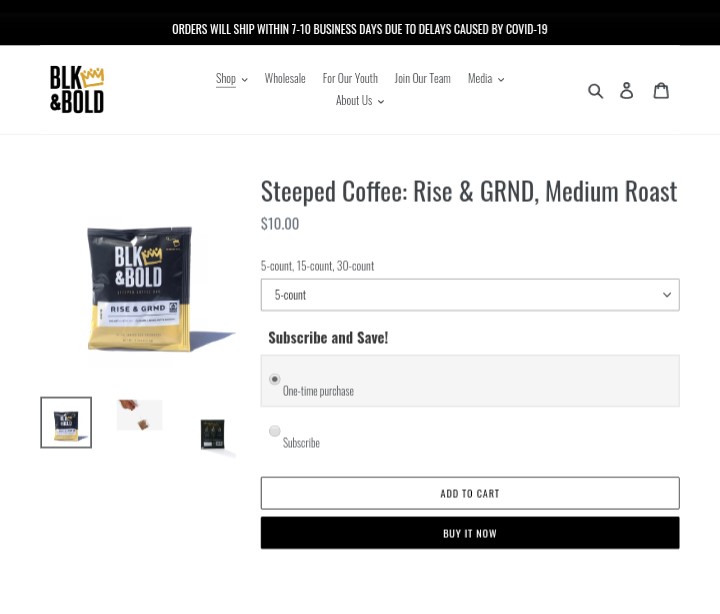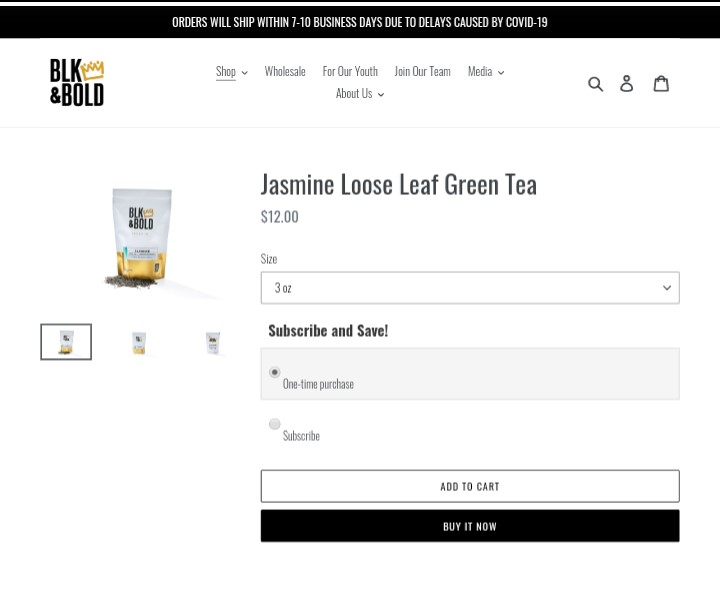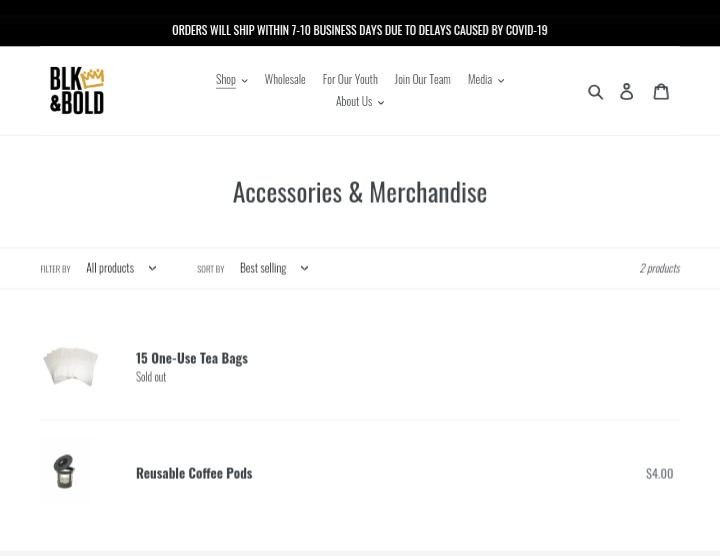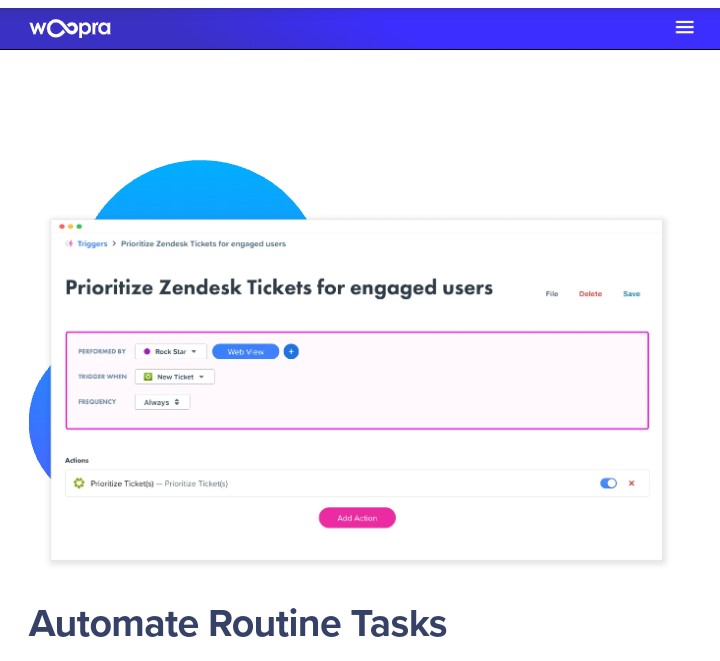When running a business, acquiring new customers on a consistent basis might seem like the best way to grow your business at first. However, as you move forward you will begin to realize the importance of focusing on increasing a customer's lifetime value in your business, which can be achieved through repeat purchases. Customer experience analytics software are highly popular to generate customizable dashboards and charts to offer insights for every customer interaction.
Increasing a customer's lifetime value reduces the cost of new customer acquisition, and leads to savvy usage of your marketing budget. With the emergence of big data analysis, generating repeat purchases from customers based on predictions is becoming highly effective. Using big data, Netflix saves $1 billion per year on customer retention. Hence, intelligent customer retention strategies help to reduce customer churn and increase profits.
What is Predictive Analysis?
Predictive analysis is the process of using existing data to detect patterns and predict future actions in order to make informed business decisions.
The predictive analysis makes use of propensity models which is the likelihood of taking a particular purchasing action.
These insights will enable you to take proactive actions to alter future outcomes to become favorable for your business growth and revenue.
With big data, predictive analytics can reveal your customers shopping behaviors and habits to enable you to make accurate predictions.
Infact, 97.2% of organizations are investing in big data and AI.
For example, let's say Joe used to make 10 meal orders on a meal delivery website at an average per month, then that number drops to six, then it drops to two and then he makes orders every couple of months.
With the use of predictive analytics this shows that Joe is about to churn this brand, the food delivery brand takes action and sends Joe a 15% discount in his next 3 orders. This prompted Joe to start making purchases again.
This brand has leveraged Joe's transaction history to alternate future outcomes. By predicting Joe's intent to churn, they led him to further make purchases with the use of incentives.
So how can you use predictive analytics to generate repeat purchases?
The following are the steps to follow to use predictive analytics to generate repeat purchases.
Step #1- Collect Data
Firstly, you need to collect data on your customer shopping history. This can be done by tracking their past actions, transactions, interactions, and purchases on your website and mobile applications.
Interactions such as:
- Regular purchases
- Discounts purchases
- Returned purchases
- Most browsed products categories
- Inquiries
- Complaints
- Wishlist items
- Abandoned carts
Because when someone visits your website they create as many as 40 data points. You can also collect data from customers' transactional history on your CRM.
Let's collect the data of 2 customers namely Sarah and Matt.
Sarah regularly visits a hair brand website, makes certain searches, enquires about particular products, completes purchases.
While Matt is a coffee and tea lover who shops a beverage brand and gets specific items on an irregular basis.
We will collect the data from Sarah and Matt's transactional history.
You can use analytics software like Google Analytics, Kissmetrics, or Woopra.
Moreover, ecommerce companies can make use of specialized customer value optimization platforms like Omniconvert Reveal.
Reveal focuses on improving the customer lifetime value so that you can maximize profits by increasing the number of loyal customers. The best part of the software is you can track the products that are generating the highest or the lowest revenue.

As seen in the above image, the Omniconvert Reveal dashboard displays the lowest product return for the Vans brand. You can take the required actions to increase the number of repeat purchases.
Besides, there is software like Woopra that tracks customer’s data.
Below is an example of a customer profile on Woopra.

Woopra syncs existing user data to give you a customer full historical data.

Step #2- Analyze
After collecting that data it's time to interpret that data, to gain valuable insights into customers patterns and behaviors by asking questions like:
- What was a customer's most visited page?
- How many times did a customer purchase a particular product?
- Which product did a customer mostly search for?
- Which potential customers abandoned their carts?
- Which device did a customer frequently use to shop? Was it mobile or desktop?
- Which customers are reducing their engagement with your products?
Woopra also helps with analyzing the collected customer data. Simply click on the analysis section on the dashboard and it will lead you to the analytics.

Woopra also provides retention reports for you to easily uncover at-risk users and engaged heroes.

Let's continue with our example above, from the data collected, you find out that Sarah regularly browses the dry hair shampoo products category on the hair care online store, and her wish list is filled with dry hair shampoo products.

You also realize that Sarah is an active buyer and hasn't slacked in her purchases regardless of the availability of incentives like discounts.
Additionally, Sarah once searched for travel-sized dry shampoo and further made inquiries about it.

While Matt shops his steeped coffee and jasmine tea from the beverage brand sparingly and has some accessories on his wishlist.

Source: BLKandBold
Matt buys coffee products in one month, then buys tea products in another month. He once bought both coffee and tea products at a time but had to return the coffee product later.
Matt only gets both his steeped coffee and jasmine tea products when there's a discount.

Source: BLKandBold
One day Matt was browsing through the brand's website for his coffee and tea products.
However, this time after adding both the steeped coffee and jasmine tea product, he decided to add an accessory on his wishlist to the cart. But before checking out, Matt abandons his cart.

Source: BLKandBold
This analytics will then help you with the next step which is prediction.
Step #3- Predict
Based on your customer's history you can predict future outcomes using the propensity model, which is projecting the likelihood of a customer to take certain actions.
This will help you to categorize your customer base into 4 categories:
- The ones likely to purchase again
- The ones likely to churn
- The ones that abandoned your business
- The ones who are repeat customers
This categorization has predicted the future actions of these customers and leads you to find ways to increase their CLTV.
Let's continue with our example, so we have analyzed our collected data and from that data, we can make accurate predictions on the likelihood of what's to happen.
From Sarah's data, we can project that she's a repeat customer and has a likelihood to buy the products again.
Whereas Matt's data has revealed that he has a likelihood to churn the brand, we can't say for sure that Matt has abandoned the business because of his abandoned cart.
However, one thing is clear, Matt is in a frustrating dilemma that might lead him to seek out competitors of the beverage brand to satisfy his desires.
Therefore, our prediction is that sooner or later, Matt is going to abandon the business.
Now, it's time to ensure that the future outcomes are in favor of these brands.
Step #4- Define your Desired Alternative Future Outcome
The next step is to change this predicted future outcome to become favorable for your business.
Which in this case is to draw them back to purchase your products again. Which takes us to the next step:
So how can we generate repeat purchases from these two individuals?
Step #5- Design Befitting Strategies
Based on the propensity models, it's time to make customized offers that are befitting for each category of customers.
Predictive analytics will prevent you from taking the one size fits all approach by providing information from the mined data.
This analysis will provide you with information on which customers are worth your time, the cost of investment required, and the right approach to use in reaching them.
Woopra also provides you with actionable steps to take and site optimizations to make based on your data.
For example, they enable triggers after a customer's action.

You can automate routine tasks with Woopra features that can help prompt customers to make purchases.

Furthermore, Woopra lets you connect with unengaged users who are at the risk of churn by designating an action.

Going back to our example, the predictive analysis will help us personalize our outreach to Sarah and Matt, this will save our profit margins and prevent us from making unnecessary costly offers.
Based on Sarah's shopping history, she doesn't need an additional incentive to buy her dry hair shampoos, she loves them and doesn't depend on discounts to get them.
So what can we do to ensure Sarah keeps coming back?
Remember Sarah previously made inquiries about travel-size shampoos? We are going to constantly reach out to Sarah with exclusive recommendations of travel-size dry shampoos that we know Sarah can't resist.
And then we will promise Sarah a gift of a free hair product or free shipping on her fifth order.
Doing this will make Sarah happy and undoubtedly increase her CLTV.
However, Matt will need a bigger incentive to make regular purchases with the brand again.
We will send Matt the oldie but goldie abandoned cart emails, offering him a good discount on his purchases, say 30%, for him to checkout. We will proceed to offer him a lower discount on his third steeped coffee and jasmine tea order.
The cost of giving this discount is incredibly low in comparison to its benefits.
Because we didn't only gain a sale, but we also retained a customer who after this marketing strategy will consider increasing his CLTV to the brand. We would have lost both without taking these actions.
Also, if a 15% discount has triggered a sale from Matt in the past, then there's no need to reinvent the wheel simply make the same offer and you will get results.
With predictive analysis, we have been able to change Matt's unfavorable decision.
Conclusion
Predictive analytics is here to stay and will continue to grow. Take advantage of its exclusive insights to maximize the ROI of your marketing investments such as generating repeat purchases.
Let's recap: The first step is to collect data of customers' past history, use an analytic software for this, and then interpret that data to make predictions.
Based on the predictions, define your alternative outcome, and finally, take corresponding actionable steps to grant you the opportunities of generating repeat purchases.








